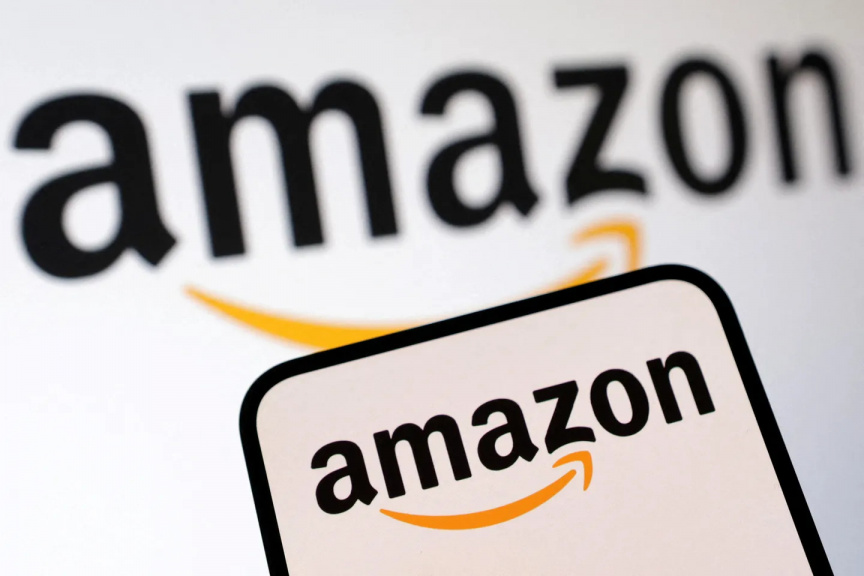
Amazon. (Photo/Reuters)
Amazon has deliberately planned to keep the public unaware of the full extent of its data centres’ water use, according to a leaked internal document.
Amazon, the world’s largest data centre operator, is rapidly expanding its AI operations despite concerns about the water needed to cool its facilities. Although it has taken steps to improve efficiency, it faces criticism for not disclosing total water use, unlike Microsoft and Google.
Amazon’s cloud computing division, while developing a water efficiency campaign, chose to report a lower water usage figure that excluded some data centre consumption to protect its reputation, according to a leaked memo the Guardian reported on Saturday.
According to the memo, Amazon used 105 billion gallons of water in 2021 — enough for 958,000 US households, roughly the size of a city larger than San Francisco.
Amazon spokeswoman Margaret Callahan called the leaked document “obsolete" and claimed it “completely misrepresents Amazon’s current water usage strategy."
“A document’s existence doesn’t guarantee its accuracy or finality. Meetings often reshape documents or reveal flawed findings or claims," Callahan stated.
The memo was dated one month before Amazon Web Services, the company’s cloud computing division, launched its new sustainability initiative, “Water Positive,” in November 2022, which pledged to “return more water than it uses” by 2030.
Debating whether to disclose information
In the memo, prepared prior to the campaign’s rollout, executives debated whether to disclose information about “secondary” water use — water consumed in producing the electricity that powers AWS’s data centres.
Callaghan noted that efficiency improvements had already been made and highlighted that other companies similarly do not account for secondary water use.
Executives chose to report only the smaller primary water use figure — 7.7 billion gallons per year, about 11,600 Olympic pools — when tracking progress, citing “reputational risk” if total consumption became public.
As part of the campaign, Amazon aimed to reduce this primary use to 4.9 billion gallons by 2030, without including secondary water use.
Amazon’s Water Positive campaign remains active but still does not account for secondary use, while the company continues to keep its overall water consumption private.
___
Source: TRT